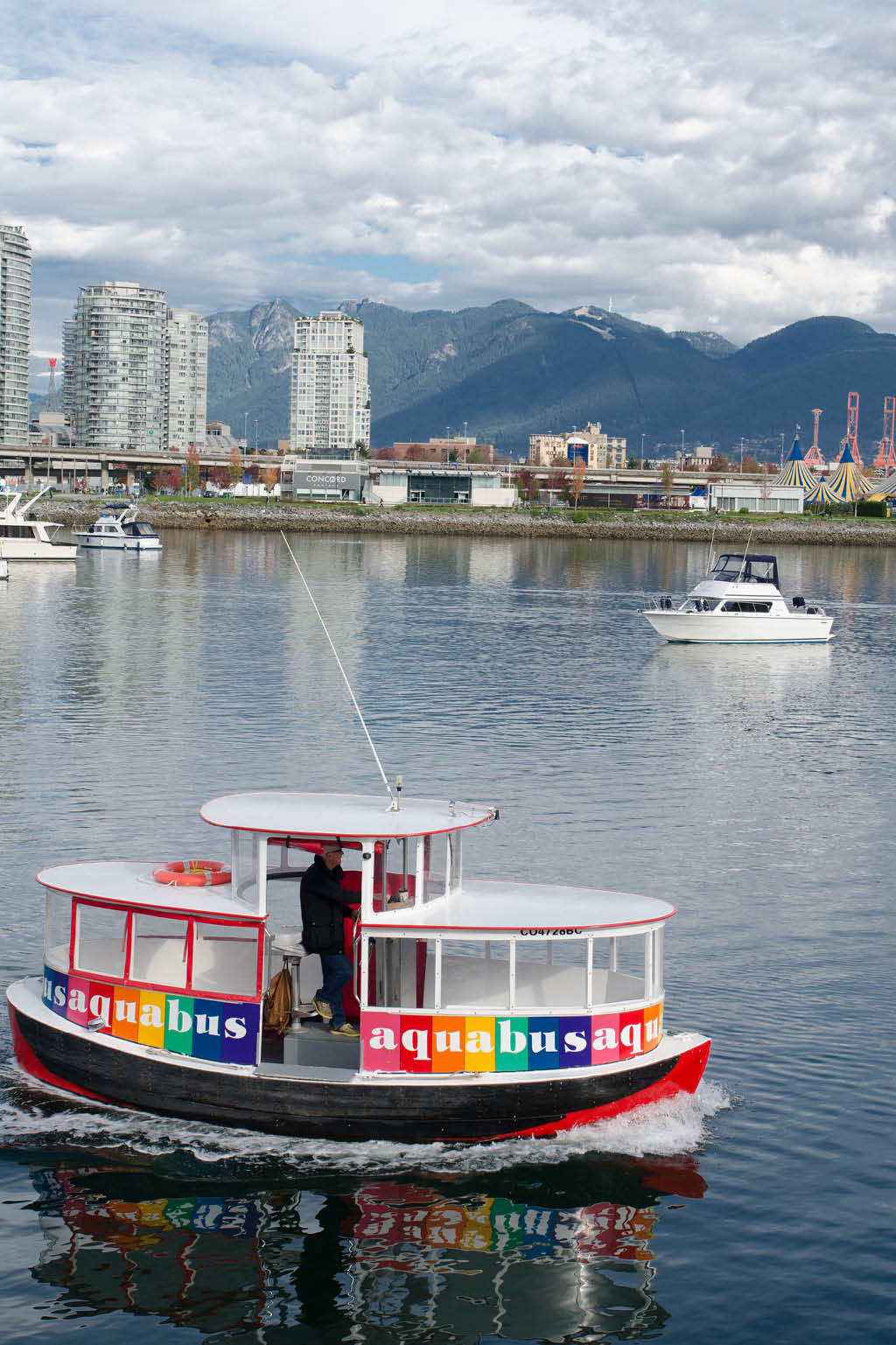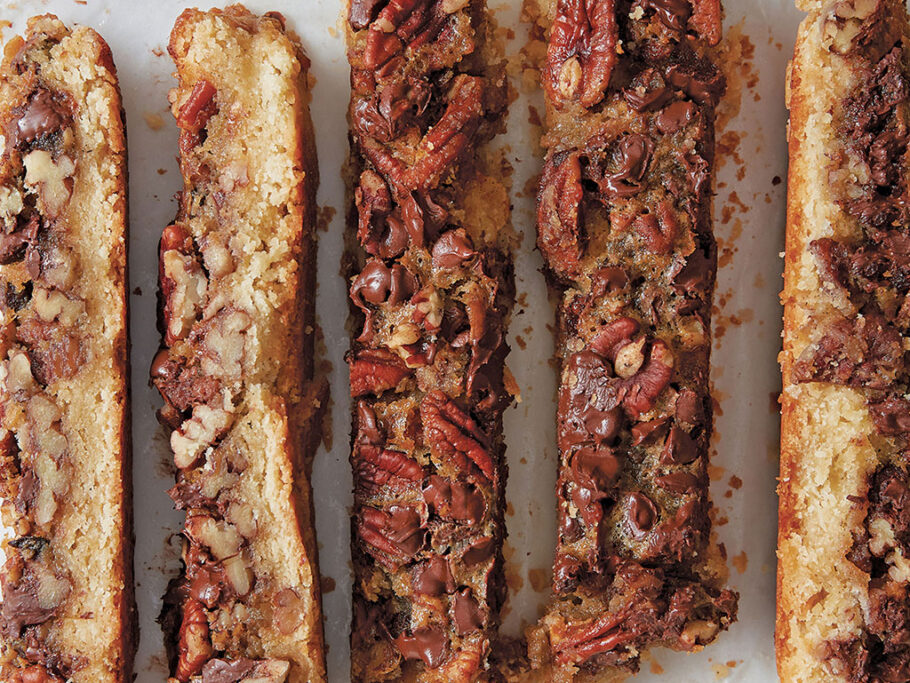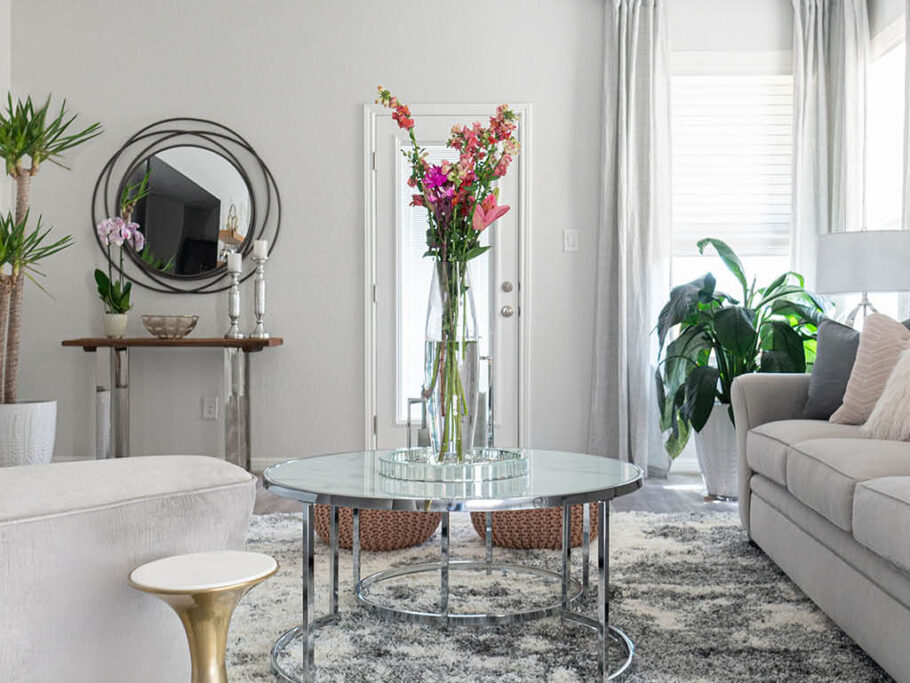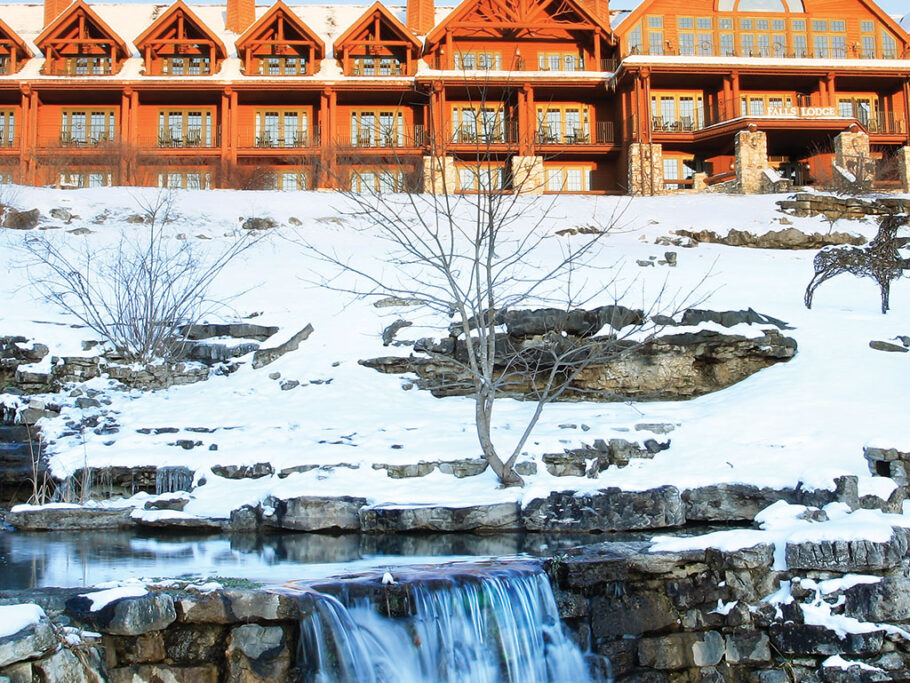Versatile Vancouver
There is something inherently pleasurable about sinking your toes into sand while holding a good book. Perhaps it is the juxtaposition of the untidiness of sand—how does it always get everywhere?—and the sensibility of words marching in order, page after page, that is so intruguing. The margins of things, the liminal zone where one thing meets another, becomes another but remains itself, tend to be where the wild things, the best things, are found.
Vancouver, British Columbia, is a city that embodies the paradoxes between the artificiality of progress and development and the refreshing rhythms of nature. It balances on the edge of a continent and an ocean where mountains and rivers and forests and beaches line, ring, and intersect the city. Appearing time and again in top city lists, Vancouver gives visitors the benefit of all worlds in one space. Ready access to the forest, beach, ocean, rivers, mountains, and multicultural city life makes Vancouver a delight to explore.
It’s easy to get around Vancouver. Dependable public transportation will take you just about anywhere you want to go across the city streets or waterways. While driving in Vancouver is perhaps the easiest and least complicated of any major urban zone I’ve visited, a car can quickly feel frivolous. So ditch the car (and your socks and shoes where appropriate), take a hike, and discover Vancouver.

Khatsahlano and his wife eventually moved north and spent the rest of their lives between several reserves. He served as chief, medicine man, and oral historian for his people. He worked at lumber mills and ferried tribal members to Vancouver and back in his heavy, hand-carved canoes. His recorded accounts fill out the developmental years of Vancouver’s history as a city and a site for Western European development.
The story of Vancouver is written into its landscape and place names. One neighborhood in particular illustrates the polar opposites of the spectrum of Vancouver’s history and attractions. It begins, as most Vancouver stories do, with the First Nations, the Canadian designation for indigenous people.
August Jack Khatsahlano was born July 16, 1877, to a chief of the Squamish people in a village located in what is now Stanley Park. Khatsahlano’s life parallels those of many of the First Nations members in and around the greater Vancouver area. Shortly after his birth and the death of his father, town surveyors knocked down part of his timber longhouse, home to about one hundred people, to build a road. The Squamish were subsequently relocated to a reserve along the south shore of the English Bay. That land was, in turn, sold to Canadian Pacific Railroad executives in a midnight deal concluded without government approval.

The Anglicized version of his name, Kitsilano, is the name of one of Vancouver’s premier neighborhoods. Little remains from the time of the First Nations, and most of its history has been rewritten and reimagined by the surge of the counterculture movement of the 1960s. Kitsilano is mostly residential with classic Craftsman homes sharing the street with more modern apartment buildings. Two commercial areas stretch along West Fourth Avenue and West Broadway, both connected by regular and express bus service to the University of British Columbia farther to the west and the downtown area to the east and north. English Bay and the fabulous Kits Beach area, the real-life setting for my book/sun/sand fantasy, delineate the northern boundary of Kitsilano, and Granville Island (with its artists and thriving market) lies to the east.
Kits Beach has almost everything a visitor might enjoy. It features Canada’s longest swimming pool—a saltwater, outdoor pool—for those intrepid souls eager for some exercise but hesitant to dive into the open waters of the bay. Beautiful green, grassy areas, shaded by trees and with enough open room to throw a Frisbee or play fetch with your favorite furry companion, play host to all sorts of leisure. The beach itself is punctuated by sand volleyball courts, oversized logs perfect for sitting and watching sunsets, and The Boathouse restaurant, which boasts what may be the best dining views of English Bay and the Burrard Inlet.
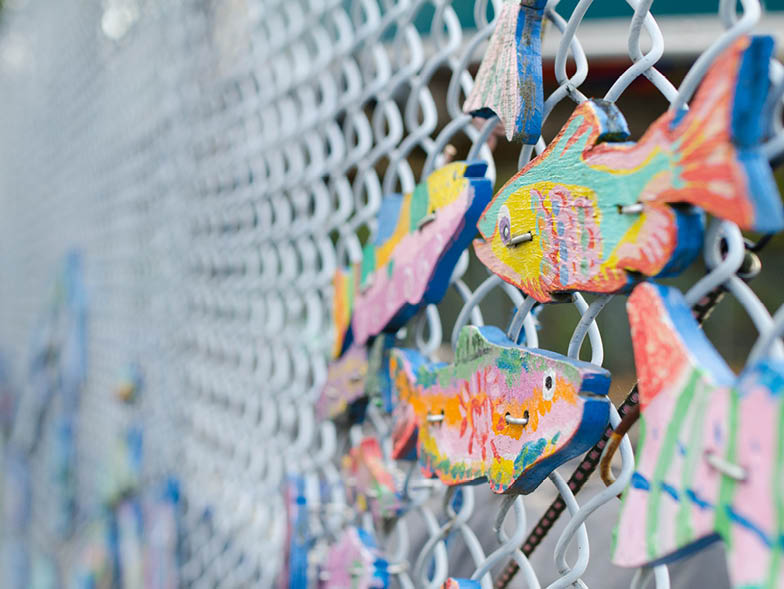
For a golden afternoon, spend time enjoying the sun and sights along the beach before taking the paved path that parallels the coastline and passes through Hadden and Vanier Parks. As you walk east, you will enjoy incredible views of North Vancouver across the bay as well as the mountains behind it. Massive container ships alternate between bobbing in place or lumbering slowly across the shimmering expanse of the bay on their way to the docks and shipping yard of Vancouver Harbour. Smaller craft zip through the waters from their berths in False Creek, Khatsahlano’s former front yard.
As you pass around the point of Vanier Park, you will be able to glimpse Stanley Park to the north, its densely wooded heights rising abruptly out of the water and high-rises of downtown. Vanier is also the location of the summertime Bard on the Beach festival that runs from early June through September. In the final days of July, Vanier Park affords one of the most popular locations to enjoy the Honda Celebration of Light, the longest-running offshore fireworks competition in the world.
Moving south from Vanier Park, Island Park Walk passes the Civic Marina as well as the False Creek Fishermen’s Wharf. A hidden gem of the marina area is a shack that bears the grand name of Go Fish Ocean Emporium. Locals will debate for hours over which dish is better, the fish tacos or the fish and chips. Those disagreements often overlook the lowly, tragically underappreciated side dish of coleslaw garnished with toasted sesame. The fish come straight from the boats moored at the wharf, and the outdoor seating is ample and delightful.
While you’re dipping your fish and licking your fingers, take a moment to gaze back at the Burrard Bridge high above the water, an iconic backdrop in several major motion pictures. Built in 1932, the five-lane bridge boasts both protected bike and pedestrian lanes. The pierced handrails are a novelty designed to virtually disappear when viewed at speeds of twenty-five to forty miles per hour, allowing motorists an unfettered view of the harbor and the natural glories surrounding the harbor. A second bridge, the Granville Island Bridge, is equally high but more modern. It passes from the downtown area, across Granville Island, and into Kitsilano. The towering bridge shelters the entrance to Granville Island and its eclectic assemblage of shops, art galleries, a boutique hotel, an art school, an open farmers’ market, and a theater company.

Granville is not a proper island but, rather, a peninsula. And before it was a proper peninsula, it was a sandbar spanned by the first Granville Bridge, a rickety timber affair. Dredging of False Creek in 1915 provided the material to fill in part of the tidal flats and to stabilize the sandbar, creating Industrial Island. The first large structure was a machine shop covered end to-end in corrugated tin. The building is still standing as part of the larger complex now known as Granville Island Public Market.
The Public Market hosts fifty permanent retailers and over one hundred day vendors selling everything from baked goods to fresh fruit and vegetables to handmade crafts and fine art. Musicians play outside the market in open-air venues, and kids will never want to leave the Granville Island Toy Store with its unique and entertaining displays and selections. Make sure to spend time in the various art galleries, some of which showcase First Nations artists and their incredible work. Enjoy belly laughs and pints at Vancouver’s only professional improvisational theater, with performances running Wednesdays through Sundays.
The sprawling metropolis of Vancouver could easily swamp its natural environment. With a population of around 2.4 million in the greater metro area, it wouldn’t be surprising to see all concrete and pavement. But the rich vastness of the Vancouver parks system belies the dense population and development. The parks are not merely oases in the urban jungle; they are woven into the landscape and offer a nearly seamless, simultaneous experience of the wild and the civilized. This juxtaposition of green and concrete, water and land, and screeching gulls and quiet hellos from walkers and cyclists provides the rich and fertile experience of passing between worlds. Grab a book, your camera, your walking shoes, or simply your imaginative appreciation, and enjoy the delights of Khatsahlano’s world as it was then, and as it is now.
For more info, visit tourismvancouver.com.
